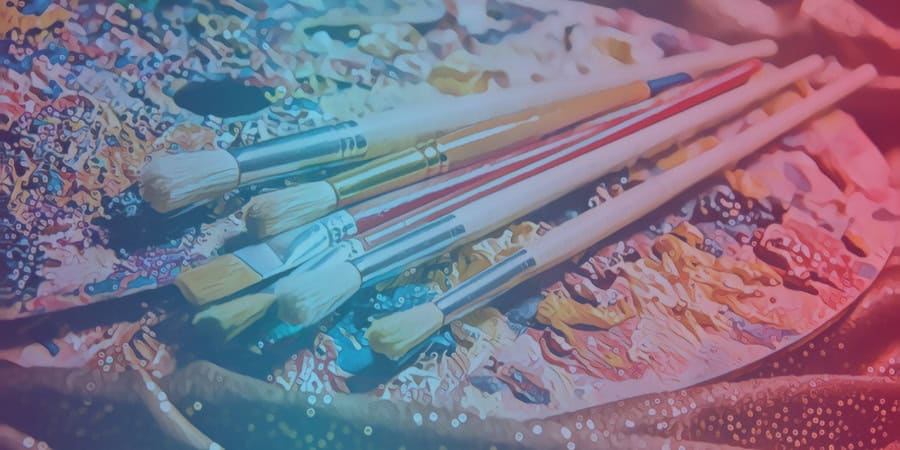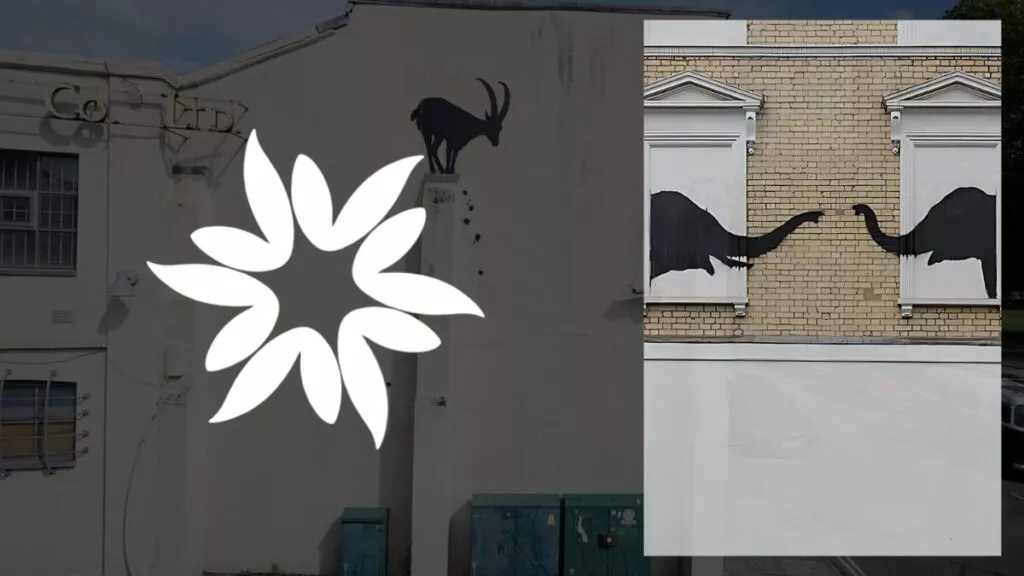Key Takeaways
- The history of color is filled with fascinating stories and hidden secrets that have shaped art and culture throughout human history.
- Synthetic dyes have revolutionized the color palette available to artists and industries, but they have also had a detrimental impact on the environment and human health.
- There is a growing interest in natural pigments and dyes as a more sustainable and eco-friendly alternative to synthetic dyes.
- Color plays an important role in cultural celebrations, religious practices, and even influences human behavior and emotions.
- The future of color research holds great promise in enhancing well-being, improving learning, and promoting positive experiences, while also exploring innovative eco-friendly color production methods.
The world of color is a rich tapestry, woven with a myriad of stories, histories, and hidden secrets that often remain beneath the surface of our everyday lives.
From the pigments used in masterpieces by renowned artists to the synthetic dyes that dominate the textile industry, colors have captivated, inspired, and sometimes even harmed those who have sought to harness their power.
Many of these pigments have been invented by a range of characters, from Stone Age cave-dwellers to scientists, charlatans, and industrialists, each leaving their own mark on the history of art.
In this article, we will explore the fascinating origins of various colors, their role throughout history, as well as the challenges and opportunities posed by the increasing use of synthetic dyes in modern times.
Colors hold hidden stories and mysterious pasts that shape the meaning of the masterpieces in which they feature.
For instance, the captivating ultramarine in Johannes Vermeer’s “Girl with a Pearl Earring” or the volatile vermilion in Edvard Munch’s “The Scream,” each have their own fascinating histories.
One such color is Prussian Blue, a mesmerizing hue that connects Hokusai’s “The Great Wave off Kanagawa” with Pablo Picasso’s “The Blue Room.”
Its creation was the result of an accident in a Berlin alchemist’s lab in 1706 when Johann Konrad Dippel bungled a recipe for an elixir he believed could cure all human ailments.
The dye-maker with whom he shared his workshop took the botched concoction, added crushed crimson beetles, and discovered a deep, shimmering blue that rivaled the expensive ultramarine pigment.
This new color was named Prussian Blue after the region where it was discovered, and artists soon began using it to add mystery and intrigue to their works.
Join us on this colorful journey as we delve into the fascinating world of pigments and dyes, exploring their cultural significance, the scientific discoveries that have revolutionized color production, and the future of color in art and industry.
The Origins of Pigments
Color has been a part of human culture since the dawn of time. Our ancestors used naturally occurring pigments to paint on cave walls, creating stunning artworks that have stood the test of time.
Throughout history, various civilizations have honed their color-making techniques, extracting pigments from plants, animals, and minerals to create a diverse palette of shades.
A Brief History of Color
Colors have played a significant role in the rise and fall of empires, shaping trade routes and fostering cultural exchange.
For example, indigo dye, which was extracted from the Indigofera plant, was a highly prized commodity in ancient civilizations such as Egypt, India, and Rome.
Similarly, the rare and expensive Tyrian purple dye was a symbol of power and wealth in ancient Phoenicia and Rome, with only royalty and the elite able to afford it.
The Birth of Synthetic Dyes: Mauve and Beyond
The 19th century marked the beginning of a new era in the world of color, as the accidental discovery of mauve dye by William Perkin in 1856 paved the way for the development of synthetic dyes.
Derived from coal tar, these dyes expanded the color palette available to artists and the textile industry, making vivid colors more accessible to the masses.
The Double-Edged Sword of Synthetic Dyes
Despite their many advantages, synthetic dyes have had a detrimental impact on the environment and human health.
They are a significant source of pollution, particularly in the fashion industry, where their improper disposal has led to the contamination of waterways and ecosystems.
In addition, some synthetic dyes have been linked to serious health issues, including allergies, skin irritation, and even cancer.
A Renaissance of Natural Pigments and Dyes
As concerns about the environmental and health impacts of synthetic dyes continue to grow, there has been a resurgence of interest in natural pigments and dyes.
Traditional methods of color production that rely on plant-based, mineral, and animal-derived sources are being revisited and refined, offering a more sustainable and eco-friendly alternative to synthetic dyes.
Innovations in Color: The Future is Bright
The future of color production is filled with possibilities, as researchers and artists explore new materials and technologies to create innovative pigments and dyes.
From algae-based dyes and bacteria-produced pigments to color-changing textiles and environmentally friendly synthetic dyes, the possibilities are endless.
Color has been a part of human culture since the dawn of time. Our ancestors used naturally occurring pigments to paint on cave walls, creating stunning artworks that have stood the test of time.

The Cultural Significance of Color
Color transcends time and space, shaping our perceptions of the world and reflecting our emotions, values, and beliefs.
The symbolism of different colors varies across cultures, as they take on unique meanings and connotations.
By understanding the cultural significance of color, we can gain a deeper appreciation for the diverse ways in which humans have interacted with and been influenced by color throughout history.
The Language of Color
Colors often carry powerful symbolic meanings, which have been used to convey messages, evoke emotions, and create harmony or contrast in various forms of art and design.
For instance, red is often associated with passion, love, and danger, while blue is linked to calmness, tranquility, and trust.
The associations of these colors have been used to great effect in visual storytelling, from films and advertisements to fashion and interior design.
Color in Religion and Spirituality
The symbolism of color extends to religious and spiritual practices as well.
In Christianity, colors like white, purple, and gold hold significant meanings, representing purity, penitence, and divinity, respectively.
Similarly, in Hinduism, colors such as saffron, green, and red symbolize purity, life, and sensuality.
Understanding the importance of color in various religious contexts can provide valuable insights into the beliefs and rituals of different cultures.
Color in Cultural Celebrations
Colors play a central role in many cultural celebrations and festivals around the world. For example, the Holi festival in India is a vibrant celebration of color, where people throw colored powders at each other to mark the arrival of spring and the victory of good over evil.
Similarly, the Chinese New Year is marked by the prominence of red, which symbolizes happiness, good fortune, and prosperity.
Color Psychology
Color psychology explores the impact of colors on human behavior and emotions.
Research suggests that certain colors can evoke specific emotional responses, influencing our mood, decision-making, and even our physiological reactions.
For example, studies have shown that exposure to blue light can suppress melatonin production, affecting our sleep patterns, while the color red has been found to increase heart rate and stimulate appetite.
The Future of Color Research
As our understanding of the psychological and cultural aspects of color continues to grow, researchers are exploring innovative ways to harness the power of color to enhance well-being, improve learning, and promote positive experiences.
From color therapy and mood-enhancing lighting solutions to the development of color-responsive materials, the future of color research holds great promise.
Conclusion
Color is an intrinsic part of our lives, shaping our experiences and interactions in profound ways.
By delving into the rich history of pigments and dyes, understanding the cultural significance of color, and exploring the potential of color research, we can gain a deeper appreciation for the beauty and complexity of the world around us.
As we move forward, the continued exploration of natural and eco-friendly color production methods, alongside innovations in color technology, will play a vital role in shaping a more sustainable and vibrant future.








